Filter by

Paid :tales of dongles, checks, and other money stuff
Stories about objects left in the wake of transactions, from cryptocurrencies to leaf-imprinted banknotes to records kept with knotted string.OCLC-licensed vendor bibliographic record.
- Edition
- -
- ISBN/ISSN
- 9780262338332
- Collation
- 1 online resource (xxvi, 288 pages) :illustrations (some color).
- Series Title
- -
- Call Number
- -
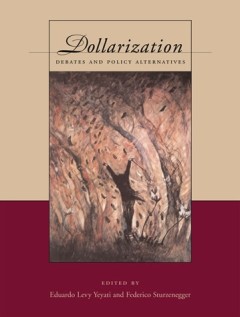
Dollarization: Debates and Policy Alternatives
Theoretical and empirical analysis of de jure dollarization.With the persistent instability of international financial markets, emerging economies are exploring new ways to reduce exposure to capital flow volatility. Some analysts argue that financially open economies are best served by more flexible regimes, while others argue in favor of extreme exchange rate regimes that have a strong commit…
- Edition
- -
- ISBN/ISSN
- 9780262286527
- Collation
- 1 online resource (ix, 341 pages) :illustrations
- Series Title
- -
- Call Number
- -
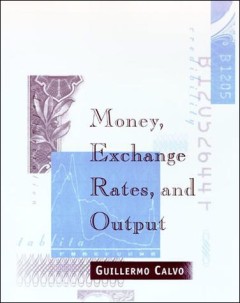
Money, exchange rates, and output
Guillermo Calvo, who foresaw the financial crisis that followed the devaluation of Mexico's peso, has spent much of his career thinking beyond the conventional wisdom. In a quiet and understated way, Calvo has made seminal contributions to several major research areas in macroeconomics, particularly monetary policy, exchange rates, public debt, and stabilization in Latin America and post-commun…
- Edition
- -
- ISBN/ISSN
- 9780262269735
- Collation
- 1 online resource (xxv, 510 pages) :illustrations
- Series Title
- -
- Call Number
- -
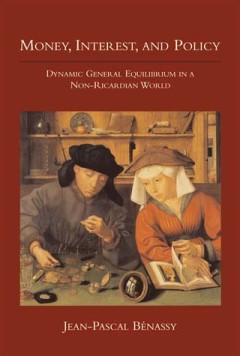
Money, interest, and policy :dynamic general equilibrium in a non-Ricardian w…
An important recent advance in macroeconomics is the development of dynamic stochastic general equilibrium (DSGE) macromodels. The use of DSGE models to study monetary policy, however, has led to paradoxical and puzzling results on a number of central monetary issues including price determinacy and liquidity effects. In Money, Interest, and Policy, Jean-Pascal Benassy argues that moving from th…
- Edition
- -
- ISBN/ISSN
- 9780262268080
- Collation
- 1 online resource (xvii, 196 pages) :illustrations
- Series Title
- -
- Call Number
- -
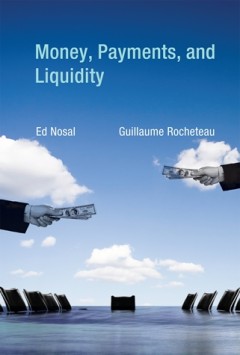
Money, payments, and liquidity
In Money, Payments, and Liquidity, Ed Nosal and Guillaume Rocheteau provide a comprehensive investigation into the economics of money and payments by explicitly modeling trading frictions between agents. Adopting the search-theoretic approach pioneered by Nobuhiro Kiyotaki and Randall Wright, Nosal and Rocheteau provide a logically coherent dynamic framework to examine the frictions in the econ…
- Edition
- -
- ISBN/ISSN
- 9780262298285
- Collation
- 1 online resource (xii, 369 pages) :illustrations
- Series Title
- -
- Call Number
- -
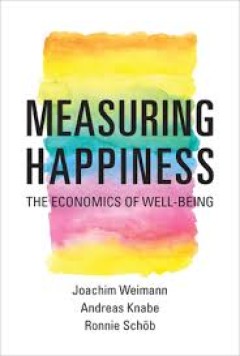
Measuring Happiness: The Economics of Well-Being
An investigation of the happiness-prosperity connection and whether economists can measure well-being.OCLC-licensed vendor bibliographic record.
- Edition
- -
- ISBN/ISSN
- 9780262323710
- Collation
- 1 online resource (x, 212 pages)
- Series Title
- -
- Call Number
- -
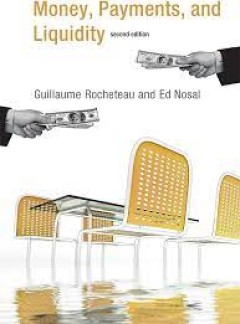
Money payments and liquidity
A new edition of a book presenting a unified framework for studying the role of money and liquid assets in the economy, revised and updated. In Money, Payments, and Liquidity, Guillaume Rocheteau and Ed Nosal provide a comprehensive investigation into the economics of money, liquidity, and payments by explicitly modeling the mechanics of trade and its various frictions (including search, priv…
- Edition
- Second edition
- ISBN/ISSN
- 9780262338479
- Collation
- 1 online resource (504 pages)
- Series Title
- -
- Call Number
- -
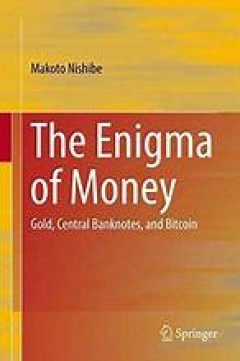
The Enigma of Money
This book provides a new way of understanding modern money and markets by stressing their self-fulfilling/self-destructive properties as institutions from evolutionary perspectives. In contrast to an unrealistic view of the neoclassical general equilibrium theory that models the price mechanism of a “concentrated market” without using money, presented here is an alternative theory of market…
- Edition
- -
- ISBN/ISSN
- 978-9811018183
- Collation
- 07 pages
- Series Title
- -
- Call Number
- -
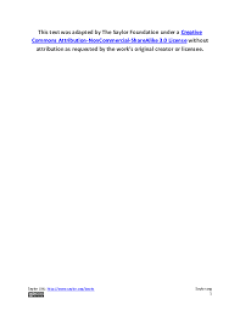
Money and Banking
This book is designed to help you internalize the basics of money and banking. There is a little math, some graphs, and some sophisticated vocabulary, but nothing terribly difficult, if you put your brain to it. The text’s most important goal is to get you to think for yourselves. To fulfill that goal, each section begins with one or more questions, called Learning Objectives, and ends wit…
- Edition
- -
- ISBN/ISSN
- -
- Collation
- -
- Series Title
- -
- Call Number
- 330
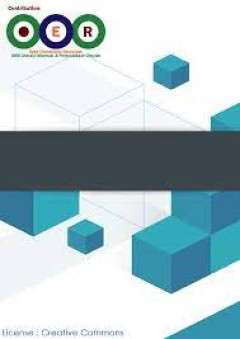
Finance, Banking, and Money
The financial crisis of 2007-8 has already revolutionized institutions, markets, and regulation. Wright's Money and Banking V 2.0 captures those revolutionary changes and packages them in a way that engages undergraduates enrolled in Money and Banking and Financial Institutions and Markets courses. Minimal mathematics, accessible language, and a student-oriented tone ease readers into comple…
- Edition
- -
- ISBN/ISSN
- -
- Collation
- -
- Series Title
- -
- Call Number
- 330 WRI f
 Computer Science, Information & General Works
Computer Science, Information & General Works  Philosophy & Psychology
Philosophy & Psychology  Religion
Religion  Social Sciences
Social Sciences  Language
Language  Pure Science
Pure Science  Applied Sciences
Applied Sciences  Art & Recreation
Art & Recreation  Literature
Literature  History & Geography
History & Geography